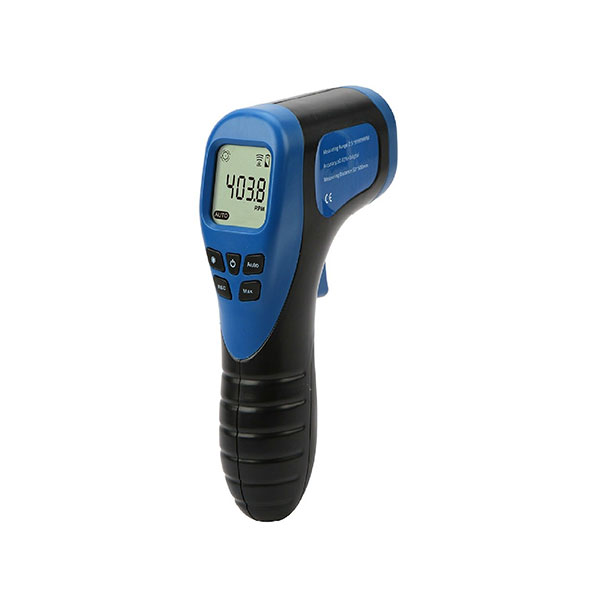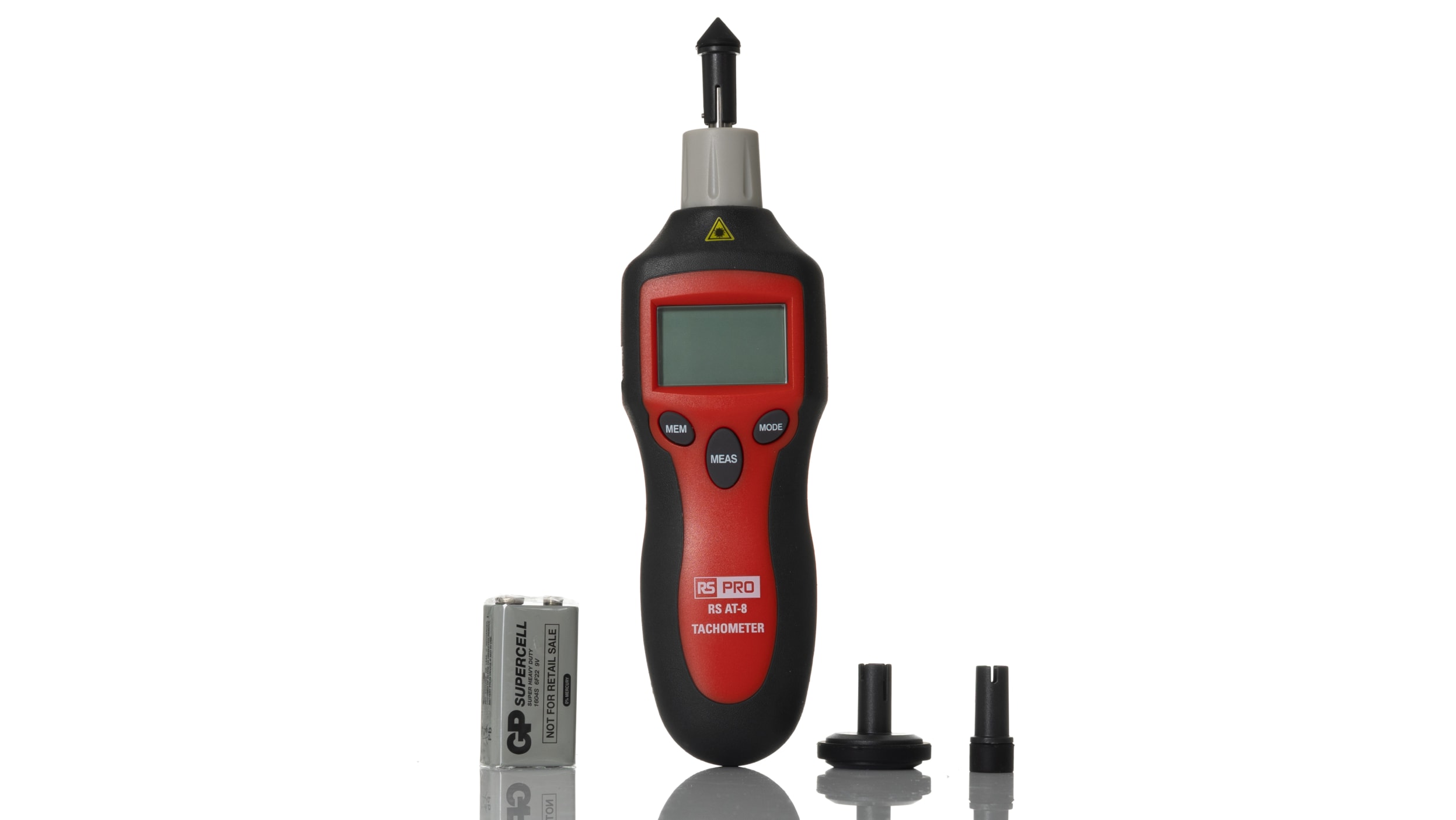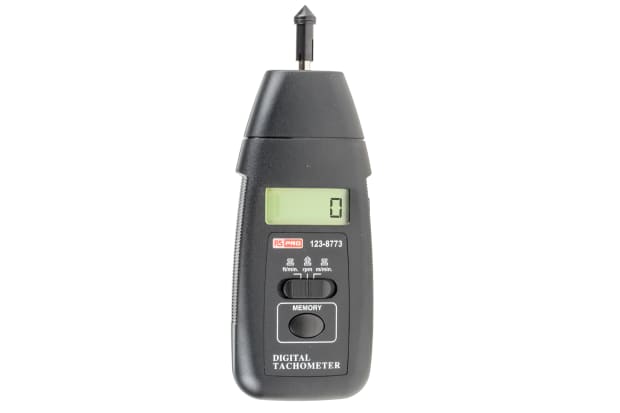Tachometer Buying Guide: Functions to Search For and Ideal Brand names
Tachometer Buying Guide: Functions to Search For and Ideal Brand names
Blog Article
The Relevance of a Tachometer in Keeping An Eye On Engine Rate and Efficiency in Automotive Applications
In the world of auto design, the tachometer stands as a crucial tool in the driver's toolbox, giving a straight home window right into the inner functions of a vehicle's engine. Past its function as a plain scale of transformations per minute (RPM), the tachometer serves as an important device for lovers and specialists alike, supplying real-time insights into engine performance and wellness. Comprehending the importance of this tool surpasses surface-level monitorings, delving right into the elaborate relationship in between engine speed, power result, and total driving experience. As we check out the multifaceted function of the tachometer in vehicle applications, a deeper admiration for its influence on automobile dynamics and performance begins to arise.
Importance of Checking Engine RPM
Monitoring engine RPM, or changes per min, is a critical aspect of vehicle upkeep and performance evaluation. Engine RPM directly associates with the rate at which the engine's crankshaft revolves, showing just how promptly the engine is running - tachometer. By keeping track of RPM, auto mechanics can examine the health of the engine, spot prospective concerns, and fine-tune efficiency. An unusual RPM reading might indicate issues such as engine misfires, malfunctioning ignition system, or concerns with the fuel shipment system. Continually high RPM analyses could suggest hostile driving practices or the need for a higher gear change to boost fuel efficiency.
Additionally, keeping track of engine RPM is essential for performance assessment in auto racing and high-performance lorries. In recap, keeping track of engine RPM is not only vital for spotting issues but additionally for maximizing engine efficiency in different vehicle applications.

Benefits of Real-Time Information
In auto applications, real-time data plays a critical function in supplying instantaneous understandings into the performance and condition of the vehicle. By continuously checking numerous criteria such as engine speed, temperature level, fuel usage, and a lot more, real-time data supplies numerous benefits that contribute to enhanced efficiency and safety when traveling.
In addition, real-time information assists in performance optimization by supplying instant responses on driving habits and engine performance. Vehicle drivers can adjust their actions in real-time based on this information to accomplish much better gas economy and extend the life-span of their automobile.

In addition, real-time data plays a crucial duty in contemporary automotive diagnostics, enabling technicians to quickly diagnose and attend to breakdowns. This brings about reduced downtime, lower upkeep expenses, and eventually, improved total automobile integrity and longevity (tachometer). By utilizing the power of real-time information, automobile stakeholders can make enlightened choices that favorably affect both the performance home and longevity of the lorry
Impact on Equipment Shifts
The tachometer plays a critical role in enhancing gear shifts by offering real-time engine speed data to the motorist. When coming close to the redline on the tachometer, it signifies the motorist to upshift to stop over-revving the engine and causing prospective damages.
Furthermore, the tachometer aids in attaining smoother equipment shifts, especially in manual transmissions. By checking engine rate, chauffeurs can perform gear shifts at the optimal RPM array, lowering snagging activities and minimizing wear on the transmission components. This precision in gear modifications not only enhances driving comfort yet additionally adds to fuel performance.
Enhancing Fuel Efficiency
Provided the essential duty the tachometer plays in optimizing gear shifts for performance and engine health and wellness, it directly adds to making best use of fuel efficiency in auto applications. By supplying real-time responses on engine speed, the tachometer assists drivers in preserving one of the most efficient RPM range for fuel economic situation. When vehicle drivers regularly check the tachometer and change their motoring routines as necessary, they can avoid unnecessary gas consumption triggered by over-revving or carrying the engine.
In addition, the tachometer aids chauffeurs identify the most fuel-efficient equipment to be in at any type of given minute, preventing the engine from working more difficult than essential. This is particularly important during acceleration and cruising, where being in the appropriate gear can considerably affect fuel my latest blog post performance. Furthermore, the tachometer can notify vehicle drivers to potential mechanical issues that can be negatively affecting gas economic climate, such as a slipping clutch or a stopped up air filter. In conclusion, the tachometer acts as a beneficial device in improving fuel performance by advertising optimal driving routines and recognizing areas for enhancement in the vehicle's performance.

Optimizing Engine Durability
The tachometer's role in keeping an eye on engine rate and efficiency contributes in making certain the longevity of vehicle engines. By using the tachometer efficiently, drivers can optimize engine longevity via conscious RPM administration. Continually revving an engine as well high can cause too much deterioration on important parts, such as the pistons, valves, and bearings. Gradually, this can lead to reduced engine performance and potential breakdowns. Keeping track of the tachometer allows motorists to stay within the suggested RPM array for their lorry, stopping unneeded stress on the engine and extending its life expectancy.

Verdict
Finally, the tachometer plays a vital duty in monitoring engine speed and efficiency in automotive applications. By giving real-time data on RPM, it permits effective gear changes, improved fuel performance, and made the most of engine durability. This tool is vital for maintaining optimal engine efficiency and ensuring the overall performance of a car.
Report this page